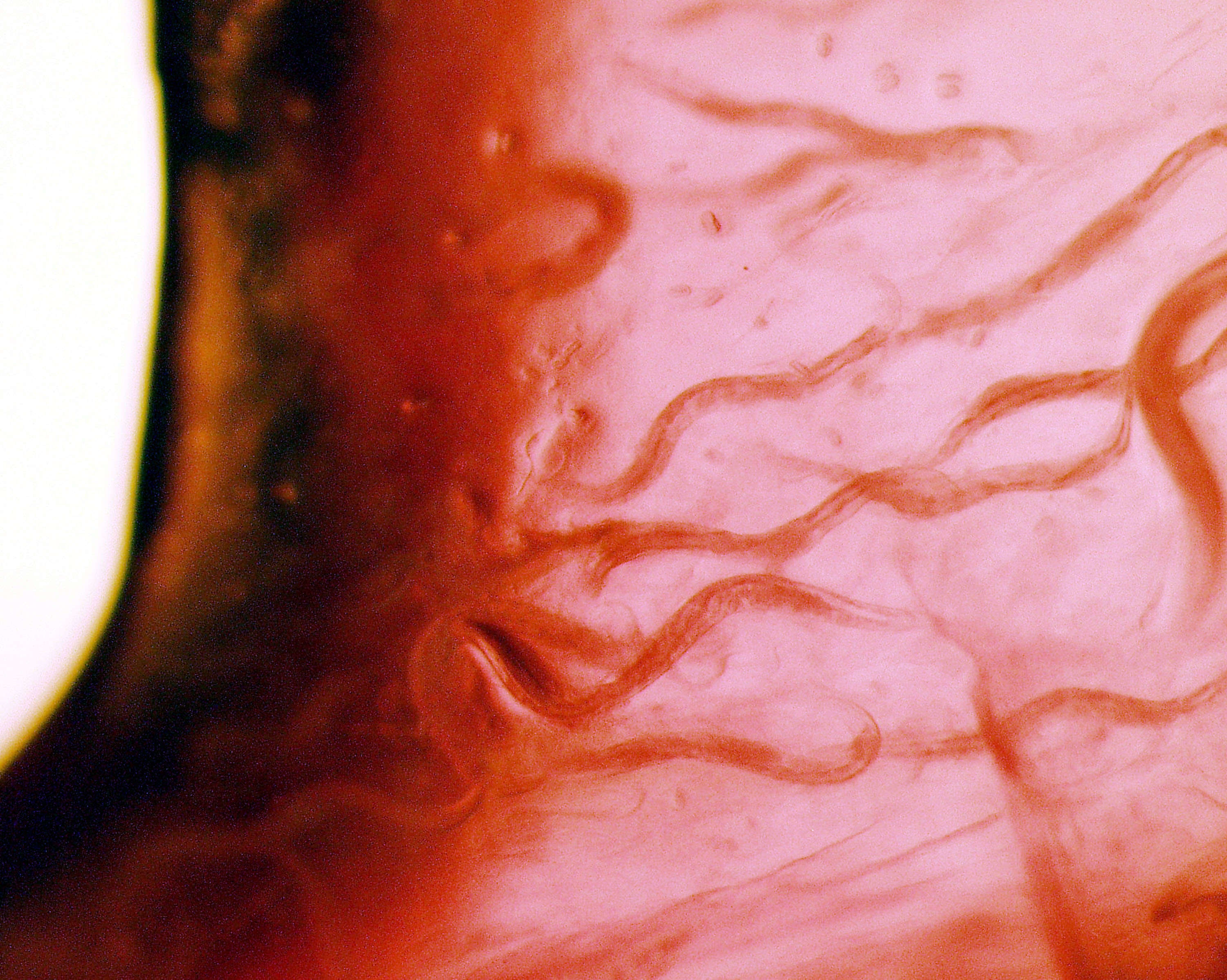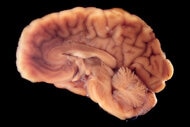Create a free profile to get unlimited access to exclusive videos, sweepstakes, and more!
We could find out more about the human brain from…a worm

It sounds like ‘80s B-movie material. How can a brainless worm possibly tell us anything about the incredibly complex human brain, unless it somehow mutated?
Mutant worms with huge brains can stay in science fiction for now. New research has found that the neurons of the microscopic nematode Caenorhabditis elegans can tell us how new connections (which keep getting added with age) are established in the brain, and how they develop. Even more unreal is how wiring patterns in a newborn’s brain can predict patterns in an adult.
This is also the first study ever that has been able to track brain structure and development from birth through adulthood. Because C. elegans only lives two weeks, it matures relatively fast, so scientists don’t need decades to follow brain development in humans.
“These changes alter the strength of existing connections and create new connections. Collective changes in the network alter information processing,” said a team of researchers led by Mei Zhen and Daniel Witvliet, whose study was recently published in Nature.
C. elegans is downright primitive compared to us. Its “brain” is actually not a glob of grey matter in its head but a structure known as the circumpharyngeal nerve ring, a network of neurons in the pharynx — the cavity behind its mouth. There are only 20 neurons in this brain compared to the 86 billion in humans. The rest of the worm’s neurons are found throughout its body, especially in a lump near the end of its tail. Some connect to muscle cells that help with sensory functions so it can sense where it is, where it’s going, and where there is food.
Most C. elegans neurons develop during the embryonic phase. While there are motor neurons that develop later, this allowed Zhen and her team to see a fast-forwarded version of brain development. An electron microscope allowed them to see these otherwise invisible structures and reconstruct the nematode’s entire brain. They made thorough maps of the neurons in the brains of eight genetically related individuals, which revealed slight differences. What remained the same was the types of changes in wiring that they underwent as the worms matured.
So what does this have to do with human brain function? More than you think. The most change was observed in sensory and motor pathways, which kept creating new connections as the worms grew, while the neurons that controlled decision making remained about the same. These connections turned out to be anything but random. They happened at both a cellular level, at the synapses between neurons, and in the brain as a whole, following patterns that started to form at birth and kept advancing the worm’s information processing abilities.
As changes in wiring occurred, so did changes in connection strength, which eventually led to new connections being created as the process repeated itself over and over again. This is the same kind of thing that happens in human brains over a much longer course of development.
Something else that could have major implications for how we see the human brain was the plasticity in different parts of the C. elegans brain. The brain is thought to be more flexible, and most likely to overcome damage, in younger individuals, but the researchers found that there are still some parts of the brain which tend to be more likely to bounce back. Finding this out from a micro-worm could eventually influence huge medical advancements for human brains that are genetically predisposed to certain diseases while still developing.
Before you call someone a nematode because they supposedly have no brain, remember the insult might not be so scientifically accurate.














